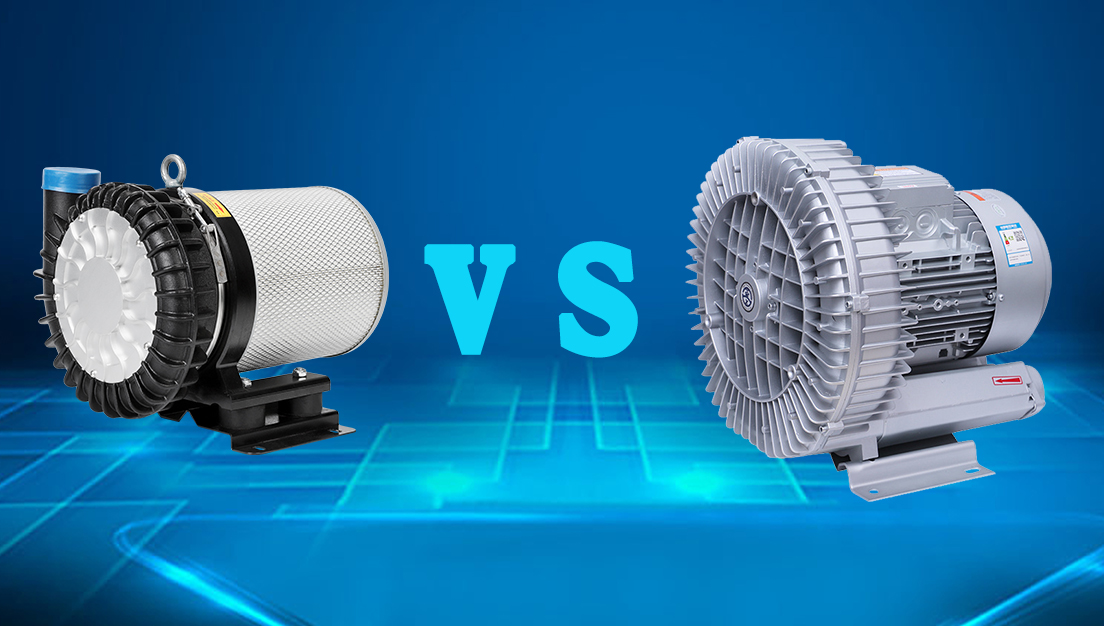& nbsp; High pressure fans and high-speed energy-saving fans play important roles in the industrial field, each with unique characteristics and advantages. The following is a comprehensive comparison of the two:
& nbsp; Wind pressure range
& nbsp; High speed fan: The wind pressure of a high-speed fan is usually between 10kPa-30kPa, which is suitable for situations that require a large air volume.
& nbsp; High pressure fan: The pressure range of the high-pressure fan is 5kPa to 200kPa, which is more suitable for applications that require high pressure.
& nbsp; operation mode
& nbsp; High speed fan: The high-speed fan adopts a centrifugal design, generating a large amount of airflow when the impeller rotates, with an efficiency of over 95%.
& nbsp; High pressure fan: The centrifugal force generated by the rotation of the impeller in the high-pressure fan drives the gas to move forward and outward, forming a spiral motion, thereby accelerating the rotation of the air and increasing the gas pressure.
& nbsp; structure size
& nbsp; High speed fan: The structure of the high-speed fan is small and compact, with a small impeller size but high speed, and a small inlet diameter.
& nbsp; High pressure fan: The overall size of the high-pressure fan is relatively large, especially the front pump body is larger, to meet the demand for higher pressure.
& nbsp; performance parameter
& nbsp; High speed fan: High speed fans have the characteristics of low noise, low maintenance, reliable operation, and durability. They use high-efficiency motors and the main components are made of high-strength materialsSmart high-speed centrifugal fanThere are also functions such as explosion-proof and anti-corrosion.
& nbsp; High pressure fan: The design of high-pressure fans focuses on increasing gas pressure, resulting in higher power, higher efficiency, faster impeller speed, and more robust structure to withstand long-term operation in high-pressure environments.
& nbsp; application area
& nbsp; High speed fan: High speed fans are suitable for applications that require high air volume, high efficiency, and low noise, such as rapid drying, ventilation, dust removal, and cooling in some industrial processes.
& nbsp; High pressure fan: High pressure fans are commonly used in fields such as water and dust removal, pressurized circulation, material transportation, and forced ventilation. They have a wider range of applications, such as factories, mines, tunnels, cooling towers, and other places that require higher pressure.
& nbsp; In summary, both high-speed energy-saving fans and high-pressure fans have their own advantages and characteristics. In the field of air drying, water removal, and dust removal, high-speed fans have more advantages. With the same power, the air volume will be much larger, making them more energy-efficient and efficient than high-pressure fans. One high-speed energy-saving fan can withstand two or three high-pressure fans. When choosing, actual usage needs and working conditions should be considered to ensure the selection of the most suitable type of fan.







